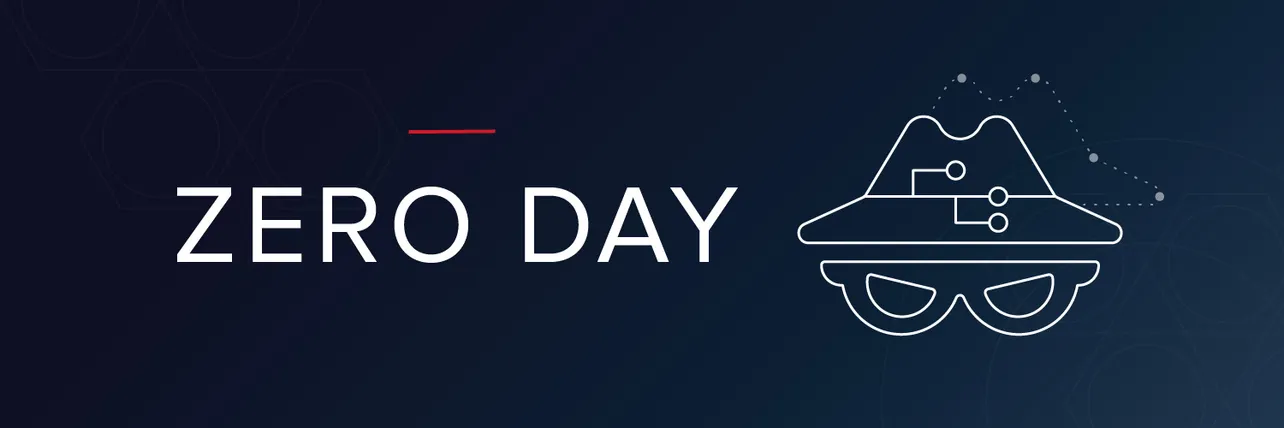Cybersecurity professionals and criminals alike have long been fascinated by zero-day vulnerabilities—those elusive, undiscovered flaws that can offer attackers an open invitation into systems of all kinds. The term “zero-day” implies there is no forewarning or publicly known fix, leaving technology vendors and defenders with zero days to mitigate the threat before harm occurs. These vulnerabilities are essentially a digital wildcard: discovered by a researcher (or adversary) who can then exploit the flaw until it’s patched. In a world where software updates are routine, the zero-day phenomenon remains uniquely daunting, often shaping the narrative of major breaches and fueling a lucrative black market for exploit code.
A zero-day exploit commonly arises when developers unintentionally introduce a bug in their code—something as innocuous as a boundary check, an unvalidated input field, or a memory mismanagement routine. Such errors exist in nearly all forms of software, from operating systems to online banking applications. Once discovered, either by ethical researchers or by malicious actors, the vulnerability can be weaponized for a range of attacks. Threat scenarios might range from stealthy data exfiltration to remote code execution that grants adversaries near-complete control. According to a 2024 analysis by Mandiant, zero-day exploitation is especially prevalent among state-sponsored groups, which prize these unpatched flaws for their stealth and unpredictability.
The race to discover and either weaponize or patch zero-days has spawned a unique industry dynamic. On one hand, legitimate cybersecurity researchers conduct penetration tests and code audits to find such bugs before criminals can. They often disclose these issues privately to vendors under coordinated vulnerability disclosure programs, giving developers time to release a fix prior to public release of details. On the other hand, a parallel underground market has emerged where zero-day exploits can fetch six-figure or even seven-figure prices, especially if they target widely used platforms like Windows, iOS, or major cloud service frameworks. In some instances, governments or intelligence agencies also purchase zero-day exploits to carry out cyber-espionage or targeted surveillance.
While popular discourse often portrays zero-days as unstoppable, the truth is more nuanced. Yes, zero-days exploit unknown defects, which means no direct signatures exist yet in antivirus software or intrusion detection systems. However, an environment with robust security practices—layered defenses, strong segmentation, zero trust principles—can sometimes detect the unusual behaviors that even a cunning zero-day leaves behind. Abnormal file operations, unexpected privilege escalations, or suspicious lateral movement in a network can be identified through behavioral analytics and advanced threat intelligence platforms. The success of a zero-day attack depends not only on the exploit code but also on whether it can remain undetected while delivering its payload.
Vendors like Microsoft, Apple, and Google run bounty programs designed to incentivize ethical research into zero-days. If an independent security expert finds a critical vulnerability, they could receive a substantial payout by submitting it to these programs rather than selling it to illicit buyers. Over the last decade, these bug bounty initiatives have become more competitive. Tech giants are aware that software complexity is increasing, with millions of lines of code in mainstream operating systems. Each line is a potential vector for a zero-day. The stakes are high: an unaddressed vulnerability can lead to brand damage, legal liability, and financial losses if exploited en masse.
Patch development and deployment represent a critical juncture in the lifecycle of a zero-day. Once a vendor learns of a flaw, engineers might scramble 24/7 to isolate the root cause and craft a patch. Depending on the software’s complexity, building and testing an update can take days or even weeks. During this window, attackers could intensify their efforts to exploit the vulnerability “in the wild.” This dynamic underscores the importance of robust patch management on the user side. Even if a security patch is released promptly, organizations that delay updates—perhaps to avoid service interruptions—remain exposed. This gap between patch availability and actual installation is precisely where many zero-day attacks gain foothold, turning a short-term exploit window into an extended infiltration campaign.
The consequences of a zero-day outbreak can be devastating. High-profile incidents have seen entire corporate networks locked down, data stolen and sold on the dark web, or critical infrastructure systems sabotaged. Cybercriminals that stumble upon or purchase zero-day capabilities may escalate privileges or pivot deep into an environment before detection. Ransomware groups, in particular, have become adept at weaving zero-day flaws into their infiltration strategies, sometimes combining them with stolen credentials to stage multi-layered assaults. In an era where remote work fosters reliance on cloud applications and remote-access tools, just one successful exploit can overshadow months of careful security planning.
Governments, for their part, grapple with the ethical quandaries surrounding zero-days. Certain agencies argue that stockpiling undisclosed vulnerabilities helps them counter national security threats. Yet retaining knowledge of these exploits, instead of disclosing them to vendors, leaves millions of users exposed to the same vulnerabilities if criminals discover them independently. The tension is especially acute when the flaw affects consumer technology, widely used messaging apps, or critical medical devices. In 2017, the WannaCry ransomware attack exploited a leaked zero-day tool believed to have originated from a national intelligence agency’s arsenal, causing global upheaval in healthcare and beyond. That fiasco spurred calls for stricter oversight on zero-day research within government agencies.
Addressing the zero-day dilemma also involves shaping future software development practices. The DevSecOps movement, which integrates security checks throughout the development lifecycle, can detect and fix flaws earlier. Techniques like fuzzing—feeding random data into software to see if it breaks—have proven effective for unearthing potential zero-days. Automated code scanning, pen testing, and dynamic analysis tools further cut down on the quantity of undiscovered bugs lurking in release builds. When developers treat security as a priority from day one, the risk surface shrinks. Still, with billions of lines of legacy code in circulation worldwide, full eradication of zero-days remains unlikely.
From a corporate standpoint, the best approach to zero-day defense is layered. Organizations should maintain a rigorous patch management cycle, swiftly applying vendor fixes when they do emerge. Endpoint detection and response (EDR) tools can examine process behaviors, isolating suspicious activities even if the exploit signature is unknown. Network segmentation ensures an attacker cannot move laterally unchecked. Strict access controls, multi-factor authentication, and user training around phishing awareness also help contain the damage a zero-day might cause. Though these steps won’t guarantee immunity, they raise the bar high enough that many attackers will pivot to easier targets.
Collaboration, knowledge sharing, and an open security community remain essential. The more quickly a discovered zero-day is shared with vendors and the broader infosec community, the faster patches can be developed, tested, and deployed. Platforms like GitHub and specialized security forums provide avenues for researchers to coordinate. Conferences such as Black Hat or DEF CON often highlight leading-edge exploit techniques, ironically giving defenders a chance to learn from the best. Constructive dialogue among companies, governments, and white-hat hackers can keep zero-day exploitation from becoming a one-sided arms race favoring criminals.
Ultimately, while zero-days will likely persist as long as software complexity endures, organizations that plan for the unexpected can weather the storm more effectively. Building resilience—through prompt patching, real-time monitoring, and strong architectural safeguards—diminishes the impact of these hidden flaws. Moreover, investing in security research and bug bounty programs fosters goodwill with the global community of ethical hackers, channeling their talents into constructive discovery rather than adversarial exploitation. In the broader context of cybersecurity, zero-days exemplify both the creativity of malicious actors and the adaptability of defenders. Whether a system stands or falls often depends on how each side chooses to wield the knowledge of these silent vulnerabilities.


